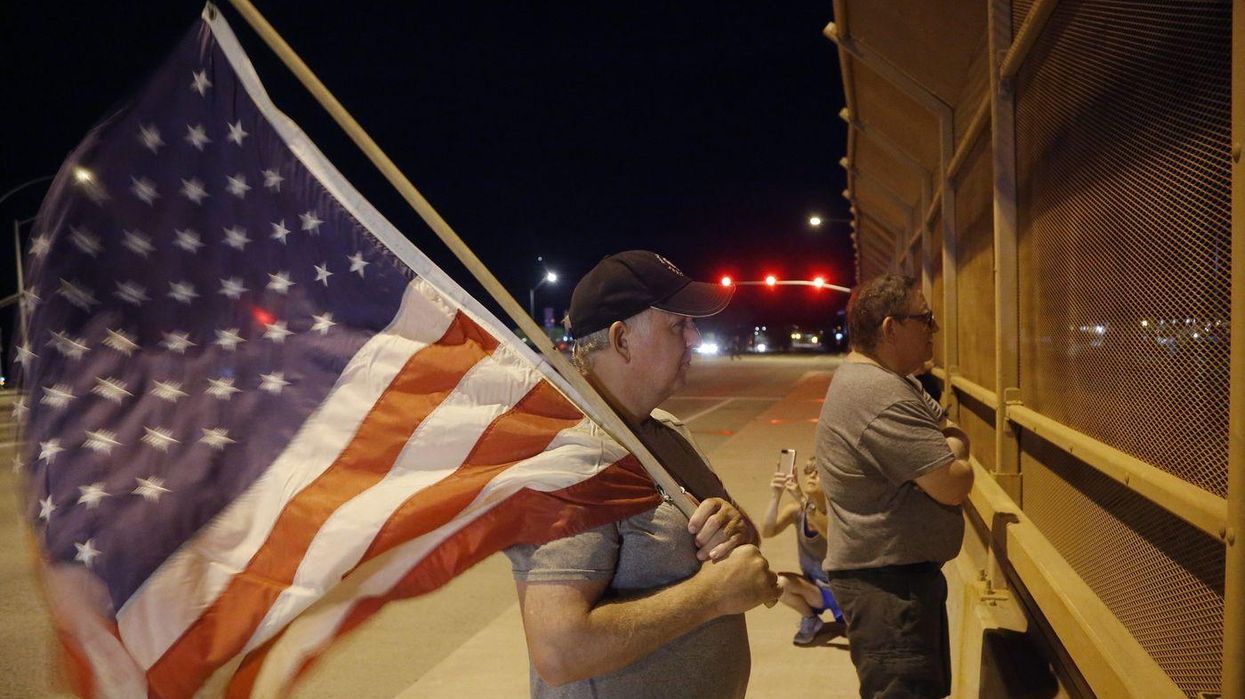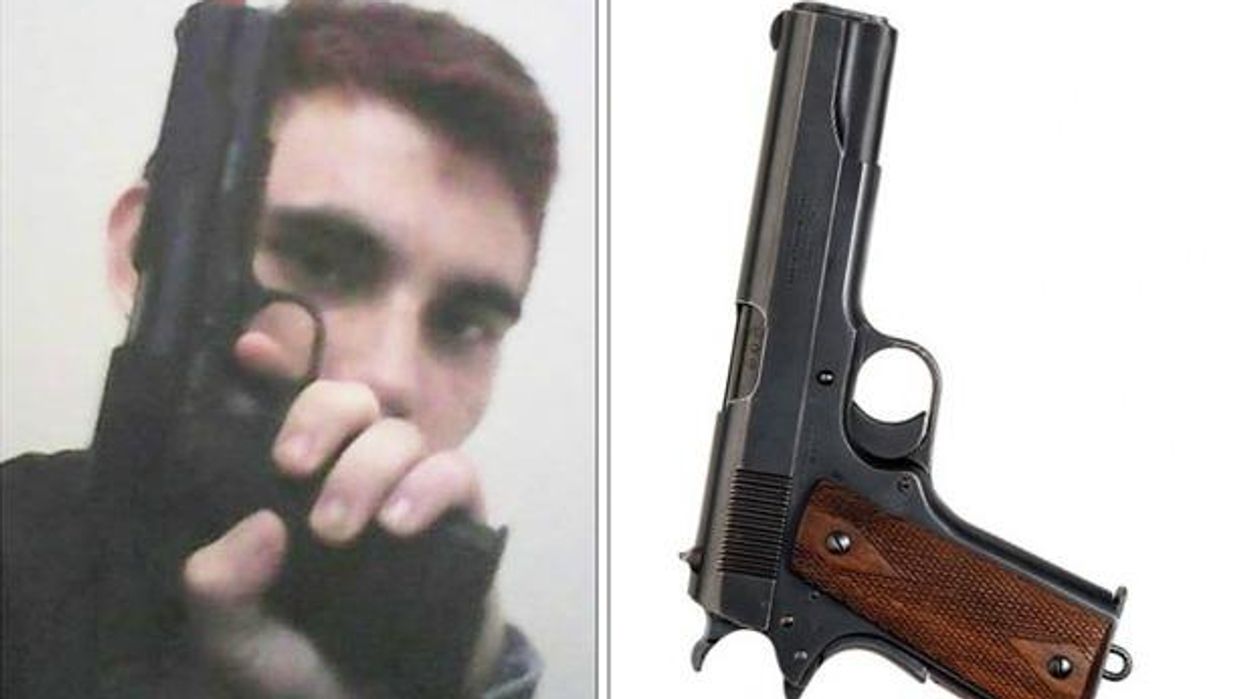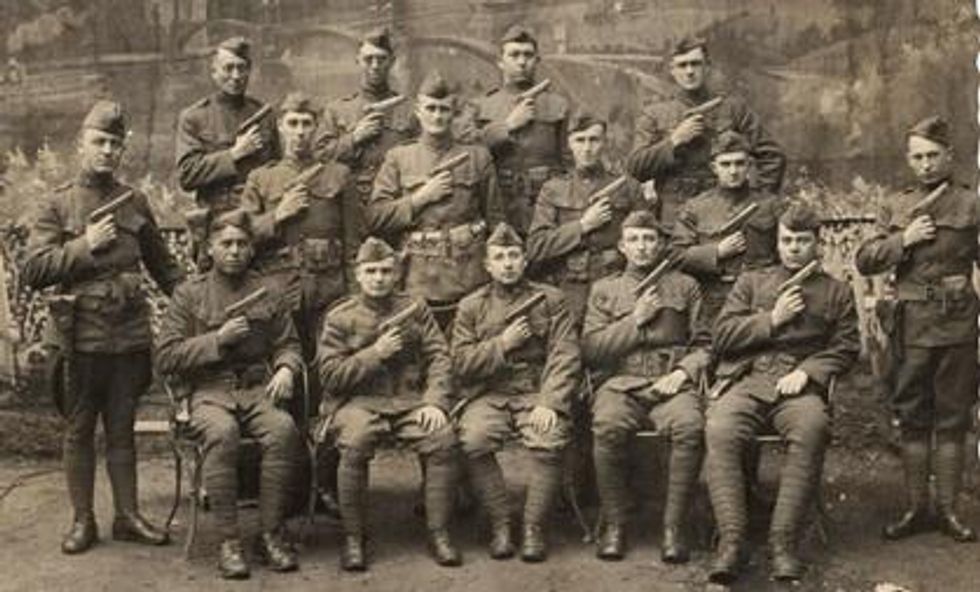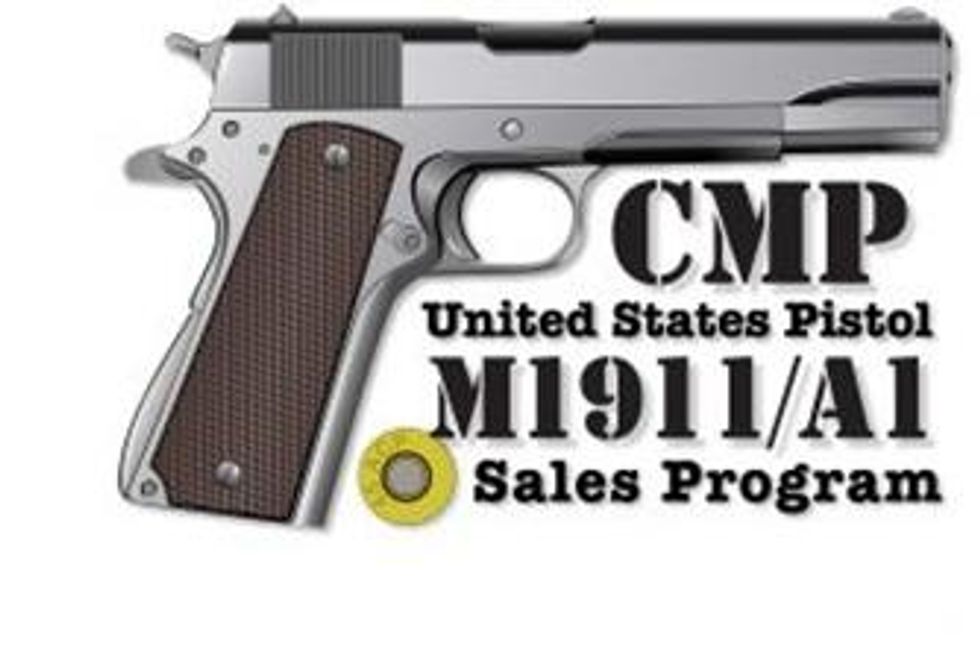John McCain and the 29-Second 'Rashomon' Moment That Defined America's Coming Crisis
"I genuinely don’t understand what is so inspiring about this moment. 'He’s not Arab, he is a decent man' is not shutting down racism — it is racism."
The book is Carson McCullers' 1940 Southern Gothic tome, The Heart is a Lonely Hunter. The story is about a deaf-mute man named John Singer who loses his companion and suddenly shows up in a small Southern town, except that the story is even more about the reactions of the various characters -- a young woman coming of age, a black doctor angry about racism, the "town drunk," and others -- who pour out their heart and soul and project their own dreams and fears onto McCullers' protagonist, who cannot hear them or speak back.
In 2018, the American heart is the loneliest hunter of all, and so an increasingly lost and disillusioned nation turned its lonely eyes toward McCain. The late senator's 81-plus years on Planet Earth embodied so many contradictions -- the military man of honor and stoic POW who also took free trips from a sleazeball savings-and-loan multi-millionaire and cheated on his first wife after she'd been injured in a car wreck, the political "maverick" who nonetheless enabled the modern GOP's turn toward authoritarianism with the vast majority of his votes -- that Americans of every ideology and every psychological state could project onto him their own vision of what this country ought to, or our despair over what it's become. The story isn't really about who was John McCain, now no longer able to hear our plaintive appeals. The story is really about our anxiety over who we are.
It was McCain's adoptive West, where -- in a line from 1962's The Man Who Shot Liberty Valance that's been repeated in newsrooms thousands of times -- the supposed mantra was, "When the facts become legend, print the legend." (The movie, ironically, is about a character elected U.S. senator on a mangled version of his supposed heroic act as a younger man.)
In death, it was the John McCain legend -- the myth that a public so desperately craves when vainglorious "Individual-1" and his sweaty 1 a.m. Twitter fingers is keeping the lights on in the White House -- that landed on America's front doorstep Sunday morning.
The truth is that had there not been a John McCain to shoehorn into a broader myth -- a POW who endured years of torture for his brothers-in-arms and the doomed war effort and then entered politics as a public service, a "maverick" who did the right thing in a time of knee-jerk polarization, the last defender of true American values who rode off into the sunset -- America would likely have invented just such a character.
And let's be clear, it's impossible to write about McCain's passing without acknowledging the many places where the man and the myth overlapped, without expressing gratitude for the sacrifices and awe at the pain he endured during the "Hanoi Hilton" years, and without expressing deep sympathy to all those who loved him. But in the end, McCain the man was very much just like the rest of us flawed mortals -- with no novelistic plot line pointing to some grand moral climax, just the normal blend of human contradiction.
\u201cJohn McCain and his friends wanted Rose Mofford out immediately. And, they figured,... https://t.co/qvUfiNiuHI via @phoenixnewtimes\u201d— Marijane Green (@Marijane Green) 1535318884
McCain the man, after all, tended to only be a "maverick" when it didn't matter. Yes, he became the leading Republican advocate for campaign finance reform -- but only after he was caught red-handed in the cookie jar with future S&L felon Charles Keating, with official favors and lavish free trips that are almost identical to the bad behavior that got his later Senate colleague Bob Menendez indicted. Yes, his experiences in Hanoi led McCain to become a moral beacon on the torture issue, but his nightmarish Vietnam experiences (including some real-time regret over his bombing and napalm runs) didn't stop him from advocating for more immoral Vietnam-style military actions around the globe. Yes, his 3 a.m. vote saved Obamacare, which saved lives. but just a few months later he voted to end the Obamacare individual mandate, which will ultimately price many middle-class Americans out of the health market. Yes, he was a man from a bygone era of honor on U.S. politics -- except for that time he told an ugly and beyond misogynistic joke about Chelsea Clinton and Janet Reno.
McCain the myth is largely the result of McCain's brilliant strategy of courting and even flattering reporters when his 99 Senate colleagues mostly sprinted to the elevator to get away from them, and the bonds among the Beltway elite who shape public opinion -- or at least used to. The legend of McCain riding in from the West to tell humble truths and clean up a wicked, sinful Washington is the kind of self-aggrandizing story about American politics that so many people at the pinnacle of power cling to, the story that we tell ourselves in order to live.
The epic moment where the man and the myth collided with full force occurred when McCain was at the high point of his 30-year career in politics, after he'd finally won the Republican presidential nomination in the summer of 2008 and -- with the economy in shambles and many voters unhappy with the Iraq War that McCain had cheered for -- faced an uphill fall campaign against Barack Obama.
True to the moral-less storyline of McCain the man, the Arizona senator only won the nomination after turning away from the beloved McCain of his failed 2000 race who'd won so much admiration with his "Straight Talk Express" and with more moderate stands on issues. The last, hard kick was nominating the supremely unqualified right-wing ideologue Sarah Palin to serve as his running mate, unleashing forces with her talk of Obama as a kind of "terrorist" and defining where is "the real America" that McCain didn't seem to anticipate and could barely control.
It all came to a head on a Friday night in a packed school gym in a place called Lakeville, Minn., in a town meeting held on Oct. 10, 2008. Palin's pitbull-in-lipstick-hockey-mom attacks had stoked up a GOP base that was increasingly angry as Obama pulled ahead in the polls; several times the audience actually booed McCain voiced his "respect" for his Democratic opponent even as those in the audience were branding Obama as a socialist or a terrorist.
Finally, a woman in a bright red T-shirt with gray hair was called onto the stage and took the mic for her question.
"I can't trust Obama. I have read about him and he's not, he's not uh -- he's an Arab. He's not -- "
McCain dramatically grabbed the mic before she could say another word.
"No, ma'am. He's a decent family man [and] citizen that I just happen to have disagreements with on fundamental issues and that's what this campaign's all about. He's not [an Arab]."
This was the Rashomon moment -- 29 seconds that would come to define American politics, where all of us saw the same event but, like characters in the classic Kurosawa movie, spun wildly different interpretations of what it all meant.
To the McCain myth-makers and legend keepers, McCain's honorable comments -- viewing politics as a decent if spirited clash of ideas, not a war of hateful stereotypes -- was the America That Used To Be, even if it requires a pair of rose-colored glasses to see it that way. To this interpretation, McCain was committing an act of cowboy-style patriotism by standing up for American values -- the moment that defined him even as the actual values he stood up for were slipping away.
The problem is that to millions of people watching the same scene -- just not the people with the loud megaphone of the mainstream media -- the hero of those 29 seconds was not McCain but the woman in red. Over the next decade, the people like her would grow louder and more influential, a Tea Party screaming at politicians that "I want my country back," to be climaxed by a demagogic political leader happy to ride their waves of racism and xenophobia. Not the America That Used to Be, but the America That Really Is.
There is a less-heard third perspective on what went down in Lakeville on that Friday night. Why, some people asked, was McCain's instinctive, gut-level reaction that being a "decent family man" was the polar opposite of being "a Muslim"? Aren't most of the millions of American Muslims decent, family men and women? What if -- imagine the thought -- an actual Muslim ran for president in the nation that once embraced the world's refugees?
This is The America That Should Be But Never Was -- the America that can never fully get past its McCain-like contradictions, that saved the American middle class with the Depression-era New Deal, as long as the middle class was white, and that defeated fascism during World War II even as it tossed thousands of Japanese-Americans into internment camps. There's something to be said for looking at the McCain Moment and wondering if -- instead of a gauzy view of a lost America was there was more liberty and justice, but not for all - we can't do even better than that.
But in the present moment we're a long way away from that. I think a big reason why the 2008 McCain Moment got so much play with his passing is because -- as much as we want to hold aloft the senator's decent response -- we're even more mortified that the bad guys ultimately won. And with each passing day we're running out of good ideas for what to do about it.
John McCain was maddeningly inconsistent and too often self-serving, and yet compared to the current crew of crooks, he comes off like the blessed love child of Abraham Lincoln and Joan of Arc. And so now we're just left staring into an orange sunset, with The Man Who Shot Liberty Valance -- even if he didn't, really -- gone on the other side of the mountain.



